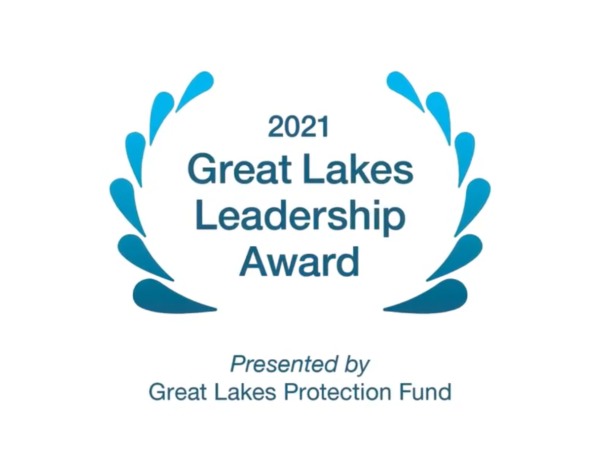
Nearly 90 percent of water samples taken from the Great Lakes over the last ten years exceed safe levels for wildlife. Researchers from the University of Toronto and the Winnipeg-based International Institute for Sustainable Development came to this conclusion after conducting a comprehensive review of microplastics studies.
At the levels surveyed, the researchers say fish and other aquatic wildlife are at risk of ingesting enough microplastics to fill their guts, diluting their regular food and its nutritional value.
In a pair of papers published on August 21, 2023 in the Canadian Journal of Fisheries and Aquatic Sciencesataley and her team argue there may already be measurable risks from microplastics to aquatic wildlife in parts of the Great Lakes.
They did not directly address risks to human health because there’s isn’t enough data to propose widely accepted thresholds.
That said, there are several ways microplastics can harm organisms – including us. Some of the petrochemicals used to make plastic cause cancer, while others mimic hormones, which can trigger processes such as early puberty.
The researchers found the main sources of microplastics in the Great Lakes are microfibers from textiles, pre-production plastic pellets from industry, tire and road wear particles from roadways, and foam from construction.
Chemical of mutual concern
Hataley and her team urge regional managers on both sides of the border to designate microplastics as a “Chemical of Mutual Concern” under Annex 3 of the Great Lakes Water Quality Agreement (GLWQA). The agreement is longstanding commitment between Canada and the US that outlines binational priorities and actions to resolve transboundary environmental problems in the lakes.
The act is silent on microplastics, but designating them as a chemical of mutual concern would “ensure coordinated and sustained efforts are taken by the governments of Canada and the United States to reduce their release and impact,” the researchers write.
They also recommend that microplastics be considered for inclusion as a “Toxic Chemicals” sub-indicator under the GLWQA. The act requires Canada and the US to report on the lakes’ health every three years by assessing the current status and trends over time of a suite of nine chemical, physical, and biological indicators, including PAHs and dioxins.
Taken together, the designations would spur both governments to come up with a monitoring program and standardized methods for measuring contamination. Scientists who study microplastics have been calling for this for nearly a decade, and earlier this year, Ontario’s Auditor General made a similar recommendation in its State of the Environment in Ontario Report.
Why standardized sampling matters
The journal review couldn’t definitively pinpoint hotspots for microplastic pollution because not all studies used the same sampling techniques. However, most research suggest Lake Ontario has particularly high levels, especially near wastewater treatment plants and river outflows.
From high to low, the lakes with the next highest concentrations are Michigan, Erie, Huron and Superior. “It makes sense because of greater human influence,” says Hataley. “Where there are humans, there are microplastics.”
She and her colleagues say some of the easiest and most effective mitigation strategies include mandating microfibre filters on washing machines and filters in stormwater drains at industrial plastic pellet production facilities. Precedents for such regulations already exist, says Hataley, pointing to regulations against microbeads in personal care products such as facial scrubs.
“We need to work on prevention rather than clean up,” she says. “Once these get into the Great Lakes, they’re hard to get out.”
Catch more news on Great Lakes Now:
Science Says What? Microplastic pollution — how worried should we be?
Chemical Impact: Microplastic pollution more complex than we think, says new research
Featured image: Microplastics, Photo by noaa.gov




